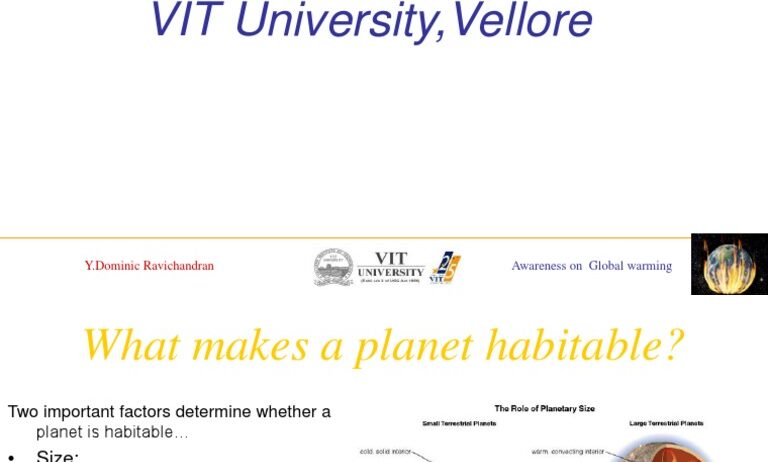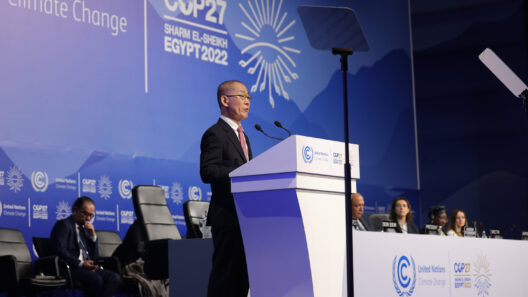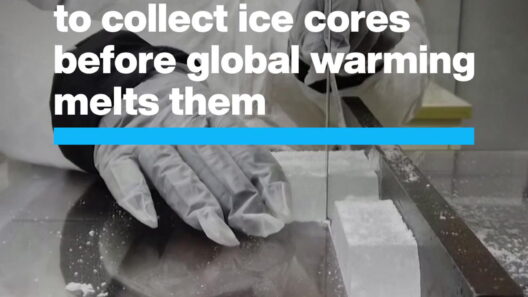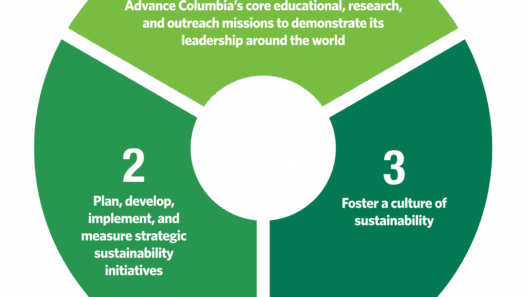Global warming is not merely a distant threat; it is an omnipresent reality affecting ecosystems, weather patterns, and human livelihoods. Spreading awareness about this pressing issue requires ingenuity and a multifaceted approach, as conveying the gravity of climate change is essential for galvanizing collective action. In this exposition, we will explore various avenues through which individuals and organizations can effectively disseminate knowledge regarding global warming, embracing various types of content that resonate with diverse audiences.
1. Educational Campaigns
Educational campaigns serve as foundational pillars for raising awareness about global warming. These initiatives can take various forms, including workshops, seminars, and exhibitions. By collaborating with educational institutions, activists can engage students—from elementary to university levels—through interactive sessions. These interactions stimulate critical thinking about environmental science, the greenhouse effect, and the consequences of climate change. Visual aids, such as infographics and videos, can be particularly effective in illustrating complex concepts in easily digestible formats. Frequent assessments and discussions can solidify understanding, transforming abstract notions into actionable knowledge.
2. Social Media Engagement
In today’s digital age, social media platforms serve as potent tools for amplifying awareness. By leveraging platforms like Instagram, Twitter, Facebook, and TikTok, advocates can connect with millions. Engaging, bite-sized content—such as memes, short videos, and carousel posts—has become a staple of social media communication. Utilizing hashtags related to climate change activism can help amplify reach and foster community among like-minded individuals. Live sessions, Q&A segments, and challenges can further encourage participation, sparking conversations around pressing environmental issues and personalized experiences related to climate change.
3. Multimedia Storytelling
Multimedia storytelling marries narrative art with factual rigor, creating compelling tales that resonate emotionally with audiences. Documentaries, podcasts, and video series can unearth startling statistics and poignant narratives of communities affected by climate change. By presenting firsthand accounts from individuals in vulnerable regions, these narratives evoke empathy and understanding, compelling viewers to reconsider their own impact on the environment. Furthermore, integrating artistic elements—like photographs, illustrations, and music—can heighten emotional engagement, ensuring that the message lingers long after consumption.
4. Community Projects
Community-driven initiatives not only educate but also involve individuals in tangible action. Organizing local events, such as tree-planting drives, clean-up campaigns, and sustainable gardening workshops, fosters a sense of ownership and responsibility within communities. Through hands-on participation, members become ambassadors for environmental stewardship, effortlessly disseminating knowledge to their social circles. Additionally, establishing partnerships with local governments, businesses, and non-profits can amplify the impact and encourage broader participation.
5. Collaborations with Influencers
Influencer marketing has infiltrated various sectors, and the realm of environmental advocacy is no exception. Collaborating with influencers who authentically resonate with younger audiences can serve as an effective strategy for spreading awareness. These individuals possess the ability to bridge the gap between climate science and popular culture, making complex topics more relatable. By sharing personal anecdotes, invoking calls to action, and promoting sustainable products, influencers can cultivate enthusiasm around environmental consciousness and mobilize their followers.
6. Utilizing Traditional Media
Despite the rise of digital mediums, traditional media remains a vital component in the dissemination of information. Newspapers, magazines, and television broadcasts can reach audiences who may not be as engaged online. Writing opinion pieces, articles, and press releases can highlight local and global climate events, bringing attention to urgent issues and proposed solutions. By maintaining a presence in these media outlets, activists can ensure that climate conversations remain visible in public discourse, motivating communities to confront these challenges head-on.
7. Hosting Public Forums and Debates
Public forums and debates serve as platforms for dialogue, allowing individuals to express concerns, challenge misconceptions, and discuss potential solutions. Hosting these events within community centers, universities, or virtually permits broader participation. Promoting open discussions creates an environment conducive to learning and understanding, allowing diverse perspectives on global warming to surface. It encourages critical questions and fosters a sense of collective inquiry, thereby mobilizing community-driven solutions.
8. Developing Educational Resources
Educational resources—such as brochures, fact sheets, and online courses—can serve as effective tools in distributing information about global warming. These resources should focus on accessibility and clarity, catering to various literacy levels. Printed materials can be distributed at community centers, schools, and public events, while digital materials can be made available through websites and email newsletters. Comprehensive guides on reducing carbon footprints or adapting sustainability practices in everyday life can empower individuals to act while providing scaffolding for broader societal change.
9. Engaging with Policy-makers
Creating a dialogue with policymakers about climate change is paramount for systemic change. Engaging in advocacy through letter-writing campaigns, petitions, and lobbying efforts can encourage legislators to prioritize environmental issues. Allies from different sectors, including education, business, and health, can amplify messaging, forging cross-sector coalitions aimed at environmental reform. Workshops focused on advocacy strategies can empower citizens to make their voices heard, prompting policymakers to enact and enforce more stringent environmental policies.
10. Fostering Youth Leadership
The youth are the harbingers of change; thus, empowering them is vital for the sustainability of awareness efforts. Initiatives that focus on training young leaders in environmental advocacy can yield significant dividends. Leadership programs, mentorship opportunities, and youth councils enable students to voice their concerns, propose solutions, and spearhead awareness campaigns in their own communities. Engaging young people not only invigorates the movement but also ensures that the momentum for climate action is sustained for generations to come.
In conclusion, spreading awareness about global warming necessitates the adoption of multifarious strategies that blend educational initiatives with innovative content creation. By harnessing the power of storytelling, multimedia engagement, community involvement, and policy advocacy, individuals can effectively raise consciousness surrounding climate change, ultimately fostering a society more attuned to environmental stewardship. As the climate crisis unfolds, the urgency of disseminating knowledge becomes increasingly paramount, and through collective effort, a more sustainable future can be forged.








